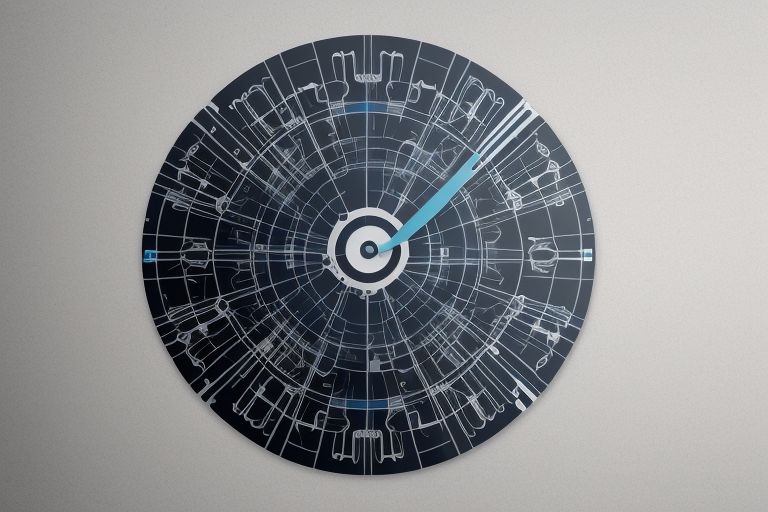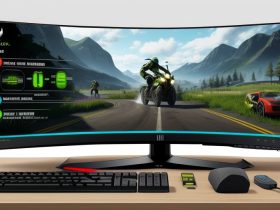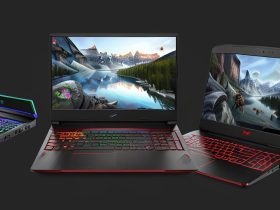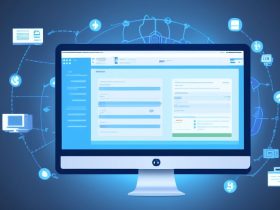In today’s fast-paced digital landscape, AI-powered graphic design is revolutionizing how businesses and creatives approach visual storytelling. With the ability to streamline workflows, enhance creativity, and deliver stunning results, AI tools are no longer a luxury but a necessity. Whether you’re a seasoned designer or a business owner looking to elevate your brand, understanding the power of AI in graphic design can transform the way you create and communicate. This article dives deep into the world of AI-driven design, exploring its benefits, applications, and how you can leverage it to stay ahead of the curve.
What is AI-Powered Graphic Design?
AI-powered graphic design refers to the use of artificial intelligence technologies to automate, enhance, and innovate the design process. These tools leverage machine learning algorithms and data analysis to create visuals, suggest layouts, and optimize designs with minimal human intervention. From generating logos to designing social media posts, AI is reshaping the creative industry.
For instance, platforms like Canva and Adobe Express use AI to offer templates, color palettes, and design suggestions tailored to user preferences. This not only saves time but also ensures professional-quality results, even for those without a design background.
Why AI-Powered Graphic Design Matters
The rise of AI in graphic design is not just a trend; it’s a game-changer. Here’s why:
- Efficiency: AI tools can automate repetitive tasks, allowing designers to focus on creativity and strategy.
- Accessibility: With AI, even non-designers can create visually appealing content, democratizing design.
- Personalization: AI analyzes user data to deliver customized design solutions that resonate with target audiences.
- Cost-Effectiveness: By reducing the need for extensive design teams, AI helps businesses save on resources.
According to a McKinsey report, AI adoption in creative industries is expected to grow by 30% annually, highlighting its transformative potential.
Applications of AI in Graphic Design
AI-powered graphic design is versatile and can be applied across various domains. Here are some key applications:
1. Logo Design
AI tools like Looka and Tailor Brands use algorithms to generate unique logos based on user inputs. These platforms analyze brand identity, color preferences, and industry trends to deliver professional logos in minutes.
2. Social Media Graphics
Creating engaging social media content is easier with AI. Tools like Crello and PicMonkey offer templates, animations, and design suggestions tailored to different platforms, ensuring your posts stand out.
3. Web Design
AI-powered platforms like Wix and Squarespace use AI to create responsive and visually appealing websites. These tools analyze user preferences and industry standards to deliver designs that are both functional and aesthetic.
4. Print Design
From business cards to brochures, AI tools streamline print design by offering templates, layout suggestions, and print-ready files. This ensures consistency and professionalism across all materials.
Benefits of Using AI in Graphic Design
Integrating AI into your design process offers numerous advantages:
- Speed: AI tools can generate designs in seconds, significantly reducing turnaround times.
- Consistency: AI ensures brand consistency by adhering to predefined guidelines and templates.
- Innovation: AI can suggest creative ideas and trends that designers might not have considered.
- Scalability: AI allows businesses to handle large volumes of design work without compromising quality.
For example, IBM uses AI to create marketing materials that align with its brand identity, saving time and resources while maintaining high standards.
Challenges and Limitations of AI in Graphic Design
While AI offers numerous benefits, it’s not without its challenges:
- Lack of Human Touch: AI-generated designs may lack the emotional depth and creativity of human-made art.
- Over-Reliance: Relying too heavily on AI can stifle creativity and innovation among designers.
- Data Privacy: AI tools often require user data, raising concerns about privacy and security.
- Learning Curve: Some AI tools may have a steep learning curve, requiring time and effort to master.
Despite these challenges, the benefits of AI in graphic design far outweigh the drawbacks, especially when used as a complement to human creativity.
How to Get Started with AI-Powered Graphic Design
Ready to embrace AI in your design process? Here’s a step-by-step guide:
- Choose the Right Tool: Research and select an AI design tool that aligns with your needs and goals.
- Experiment: Explore the tool’s features and experiment with different templates and designs.
- Customize: Personalize the AI-generated designs to reflect your brand identity and vision.
- Seek Feedback: Share your designs with colleagues or clients to gather feedback and make improvements.
- Iterate: Use AI to refine and optimize your designs based on feedback and performance metrics.
Platforms like Figma and Sketch offer AI plugins that can enhance your design workflow, making it easier to create high-quality visuals.












Leave a Reply